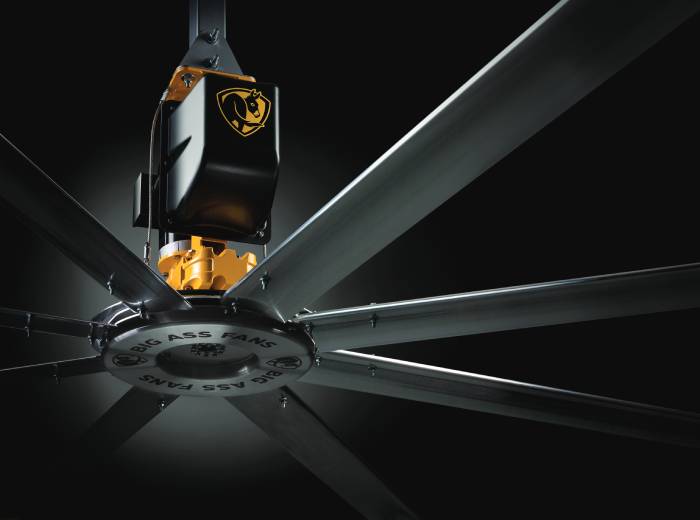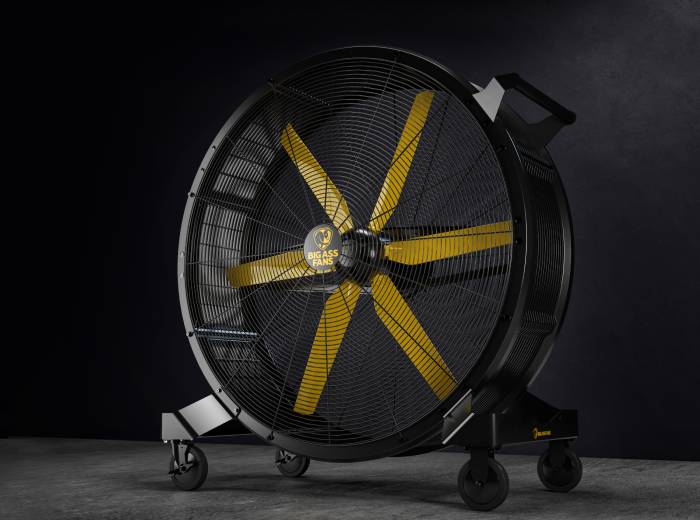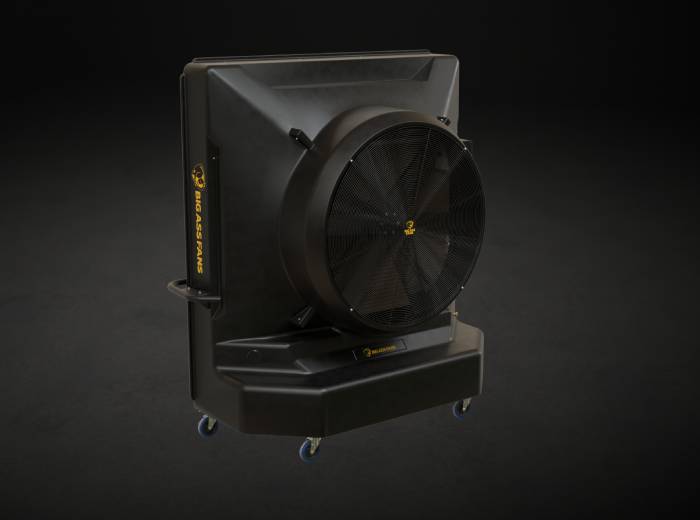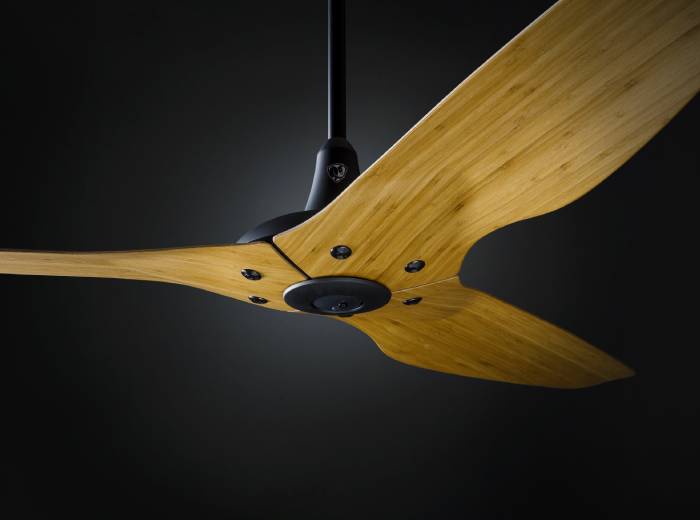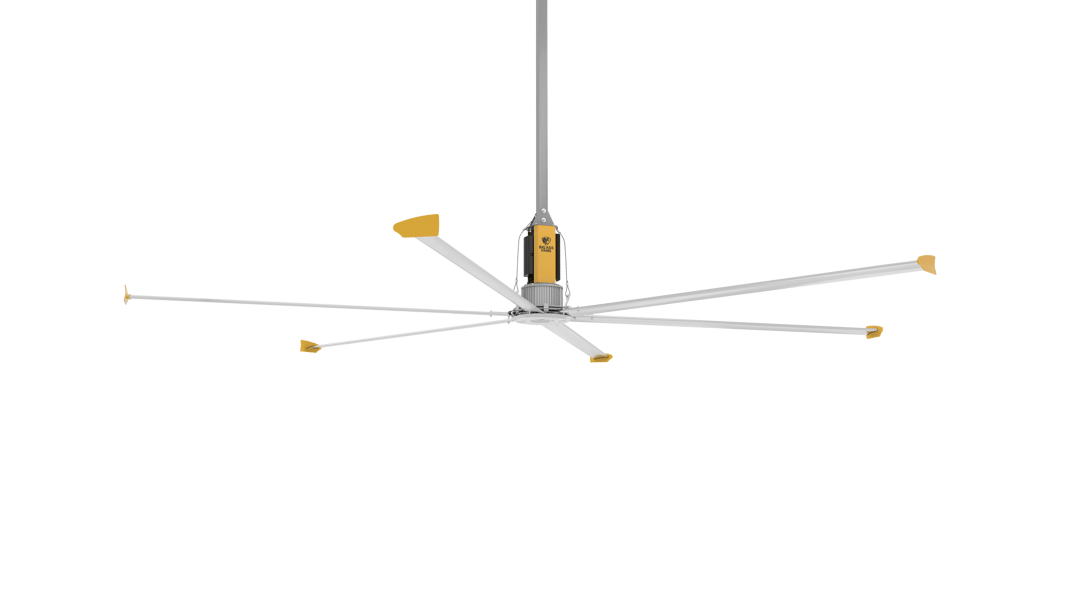
Choosing the Right Commercial Ceiling Fan: Key Factors for Offices, Warehouses, and Retail Spaces
Choosing the right commercial ceiling fan is not just a matter of aesthetics. It affects energy efficiency, indoor comfort, and even employee productivity. Whether you manage an office, warehouse, or retail space, selecting a fan built for the job can significantly improve air circulation while reducing energy costs.
Unlike residential fans, commercial ceiling fans need to address larger areas, higher ceilings, and different airflow requirements. This guide outlines the key factors to consider so you can make the best choice for your space
Why Commercial Spaces Need Purpose-Built Ceiling Fans
Large Spaces Have Unique Cooling Challenges
Cooling a large space is no small task. Offices may have multiple workstations and electronics generating heat. Warehouses typically feature high ceilings and open layouts. Retail spaces need a pleasant customer experience without creating drafts or noise. A fan that works well in a small living room is not going to deliver in any of these scenarios.
Standard Residential Fans Are Not Enough
Residential fans are designed for limited airflow and tend to fall short in power and reach. They also lack the durability to handle the demands of commercial environments. That’s why commercial ceiling fans are purpose-built with stronger motors, longer blades, and performance-oriented features.
Key Factors to Consider When Choosing a Commercial Ceiling Fan
Space Type and Usage
Different spaces have different airflow needs. Offices benefit from quieter fans that circulate air without disrupting work. Warehouses require powerful airflow to reach workers at ground level. Retail spaces need a balance of performance and sleek design to keep customers comfortable.
Fan Size and Blade Span
In larger rooms, bigger is often better. A fan with a wide blade span (often found in HVLS fans) can move more air with less energy. In high-ceiling areas like warehouses, larger fans can provide coverage of up to 20 metres in diameter, reducing the number of units needed.
Airflow Capacity (CFM Ratings)
CFM (Cubic Feet per Minute) measures how much air a fan moves. The higher the CFM, the more effective the fan. Offices may need 3,000 to 6,000 CFM, while industrial spaces might require 10,000 CFM or more. Always match the fan’s rating to the size and purpose of your space.
Energy Efficiency and Cost Savings
Energy-efficient fans may cost more upfront, but can lead to significant savings over time. Look for fans with energy-saving motors, optimised blade design, and controls that adjust speed based on occupancy or temperature.
Fan Placement and Installation Tips

Ceiling Height and Clearance Requirements
Correct installation height is critical for performance and safety. Fans should be mounted at least 3 metres above the floor and 0.5 metres from the ceiling. For higher ceilings, extension rods can help position the fan for optimal airflow.
Integration with HVAC Systems
Commercial ceiling fans can reduce the load on HVAC systems. By improving air circulation, they help maintain consistent temperatures, allowing thermostats to be set higher in summer or lower in winter without sacrificing comfort.
Discover how our fans are optimized for every space. Browse our commercial solutions for tailored recommendations.
Comparing Fan Options for Offices, Warehouses, and Retail
Office Environments
In an office, comfort and quiet operation are key. Look for fans with aerodynamic blades and silent motors. A modern design also helps fans blend into the workspace without becoming a distraction.
Warehouses and Industrial Sites
In these spaces, performance matters most. HVLS fans are ideal due to their wide reach and ability to create steady air movement. These fans help regulate temperature, prevent condensation, and boost worker comfort in hot conditions.
Retail and Showroom Spaces
Retail spaces demand style and function. Customers should feel cool without experiencing direct airflow or noise. Choose fans that deliver air gently and evenly while complementing your interior design.
Need expert help matching a fan to your business space? Visit Big Ass Fans to explore solutions that deliver both comfort and performance.
Maintenance and Longevity
Material Quality and Motor Type
Look for fans made with corrosion-resistant materials and sealed motors, especially in humid or industrial environments. High-quality bearings and brushless motors ensure smoother operation and a longer lifespan.
Maintenance Access and Ease of Cleaning
Ceiling fans in commercial spaces are often installed high up, so choose designs that are easy to clean and maintain. Minimal upkeep translates to lower operational costs over time.
Have questions about installation and care? Contact our team for expert assistance.
CONCLUSION
Choosing the right commercial ceiling fan involves more than just picking a model off the shelf. Consider your space type, airflow requirements, energy goals, and long-term maintenance needs. A well-chosen fan improves comfort, reduces costs, and contributes to a more productive environment.
Whether you're outfitting a small office or a massive warehouse, Big Ass Fans provides solutions built for your needs. Our team is here to help you get the right fit, every time.
FAQs
1. What size commercial ceiling fan do I need for my space?
The appropriate fan size depends on the area and ceiling height of your space. For large, open areas like warehouses or gymnasiums, High Volume Low Speed (HVLS) fans ranging from 7 to 24 feet in diameter are recommended to ensure effective air circulation. Smaller commercial spaces, such as offices or retail stores, may benefit from fans with diameters between 52 to 60 inches. It's essential to match the fan size to your specific space requirements to maximise efficiency.
2. How do I choose a commercial ceiling fan for my warehouse?
When selecting a fan for a warehouse, consider factors like the size of the space, ceiling height, and the type of work conducted. HVLS fans are ideal for warehouses due to their ability to move large volumes of air at low speeds, enhancing air circulation and employee comfort. Additionally, assess the fan's energy efficiency, durability, and maintenance requirements to ensure it meets the demands of a warehouse environment.
3. Are HVLS fans suitable for retail spaces?
Yes, HVLS fans are increasingly used in retail environments. They provide consistent air circulation, enhancing customer comfort and potentially reducing energy costs by supplementing HVAC systems. Their quiet operation and sleek designs can also complement the aesthetic of retail spaces.
4. What is the difference between HVLS and standard ceiling fans?
HVLS fans are characterised by their large diameters (typically 8 to 24 feet) and low rotational speeds, allowing them to move substantial volumes of air efficiently across large spaces. In contrast, standard ceiling fans are smaller (usually under 60 inches in diameter) and operate at higher speeds, making them suitable for smaller areas. HVLS fans are ideal for commercial and industrial settings, while standard fans are more common in residential or small commercial spaces.
5. How much energy can commercial ceiling fans save?
Commercial ceiling fans, especially HVLS models, can lead to significant energy savings. By improving air circulation, they reduce the reliance on HVAC systems, allowing for higher thermostat settings in summer and better heat distribution in winter. This can result in energy savings of up to 20-30%, depending on the specific application and usage patterns.

